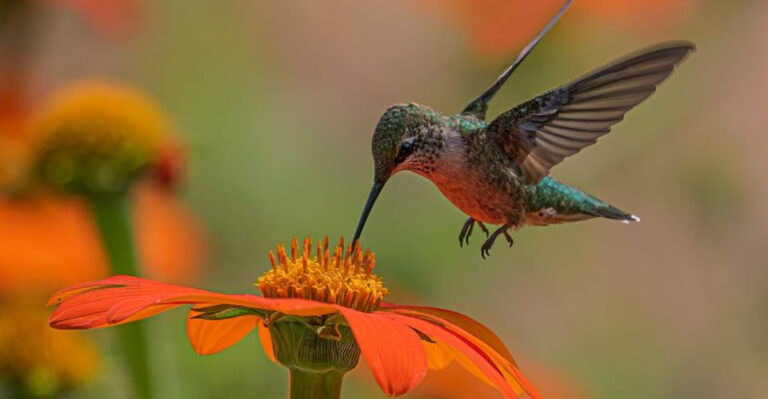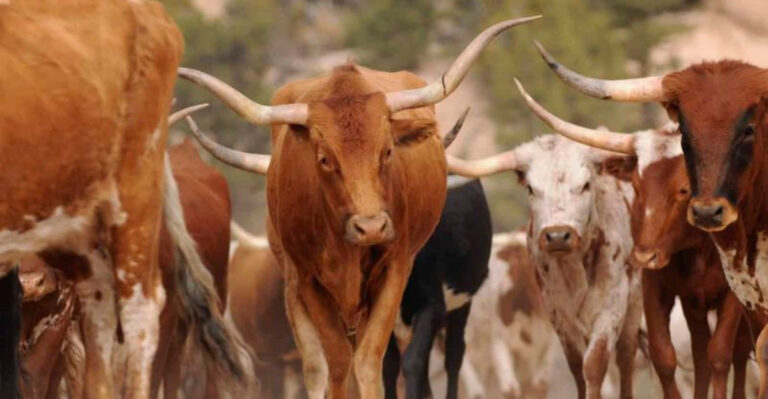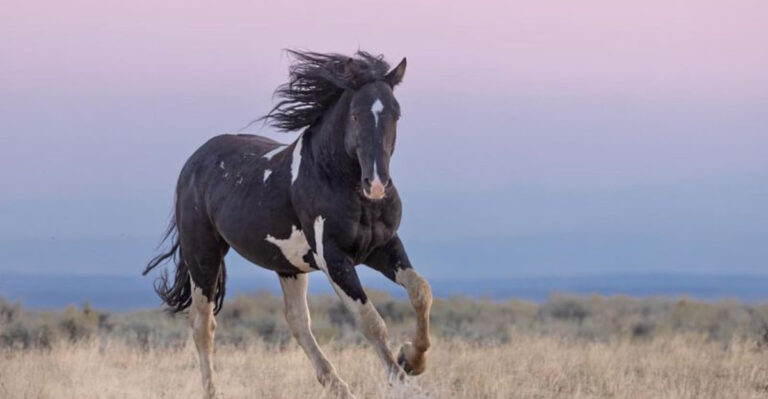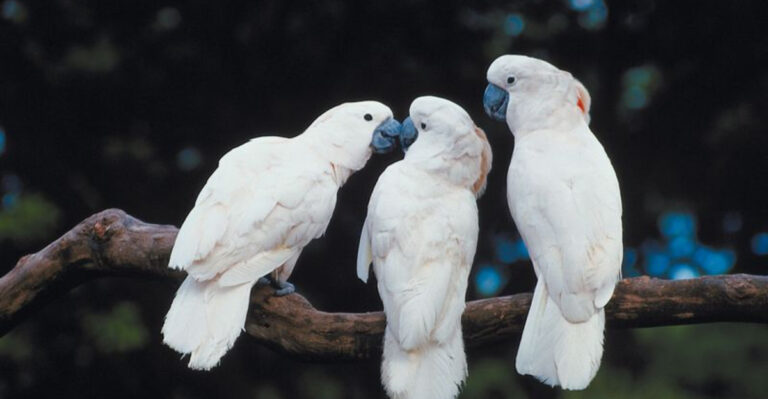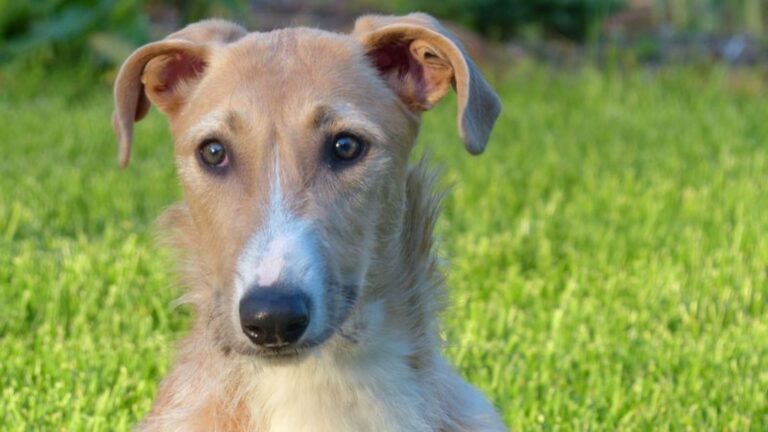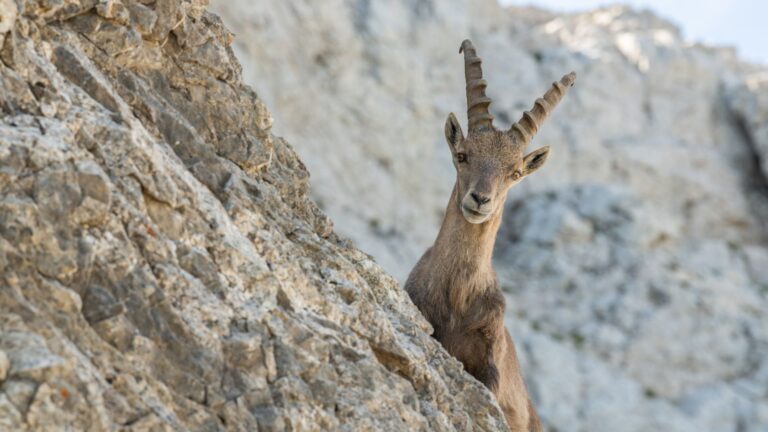Why Birds Shed Their Feathers And How Molting Works
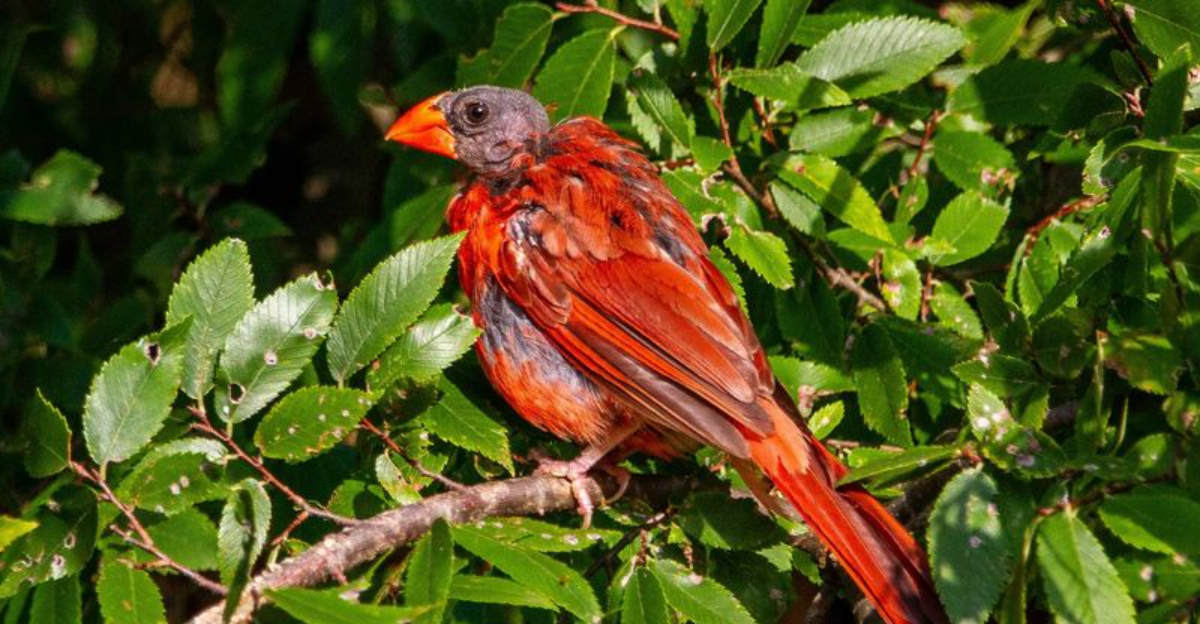
Ever watched a bird suddenly look scruffy and wondered what’s going on? That messy appearance is actually a critical process called molting, where birds replace old feathers with fresh ones.
Without this natural renewal system, birds couldn’t fly, stay warm, or attract mates. Let’s explore the fascinating reasons birds shed their feathers and the remarkable mechanics behind this essential transformation.
Seasonal Wardrobe Changes
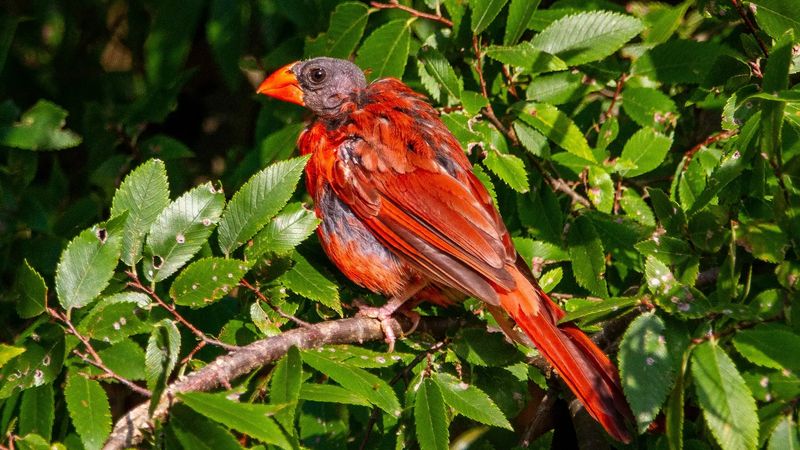
Just like you swap winter coats for summer shirts, birds change their feathers to match the seasons. Winter plumage often provides extra insulation against cold temperatures, while summer feathers might be lighter or more colorful.
Cardinals, for instance, molt into brighter red feathers before breeding season and duller ones afterward. This timing ensures they’re properly dressed for whatever Mother Nature throws their way.
Wear And Tear Repairs
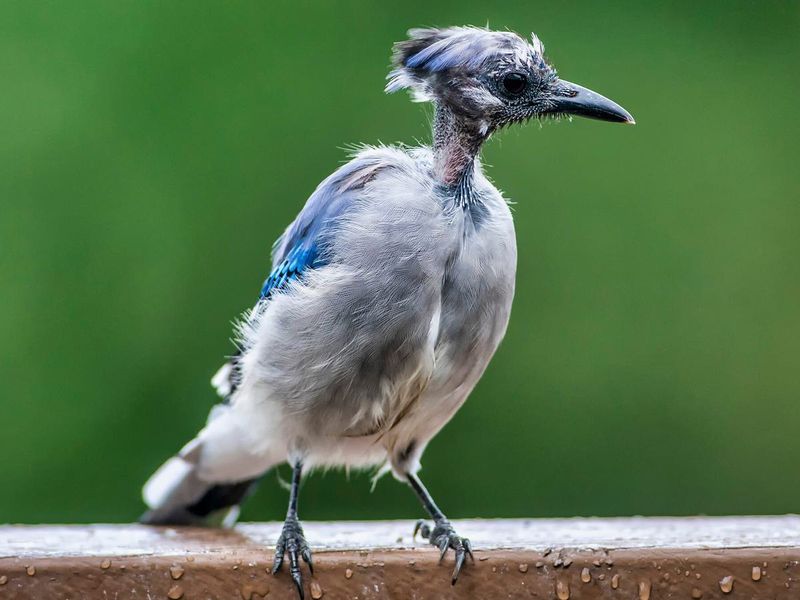
Flying is rough business! Feathers get damaged from brushing against branches, battling weather, and daily activities. After months of use, they become frayed, broken, and less effective.
Think of it like your favorite jeans that eventually wear out at the knees. Birds can’t patch their feathers, so they grow completely new ones instead. This replacement ensures optimal flight performance and protection.
Growing Up Transformations
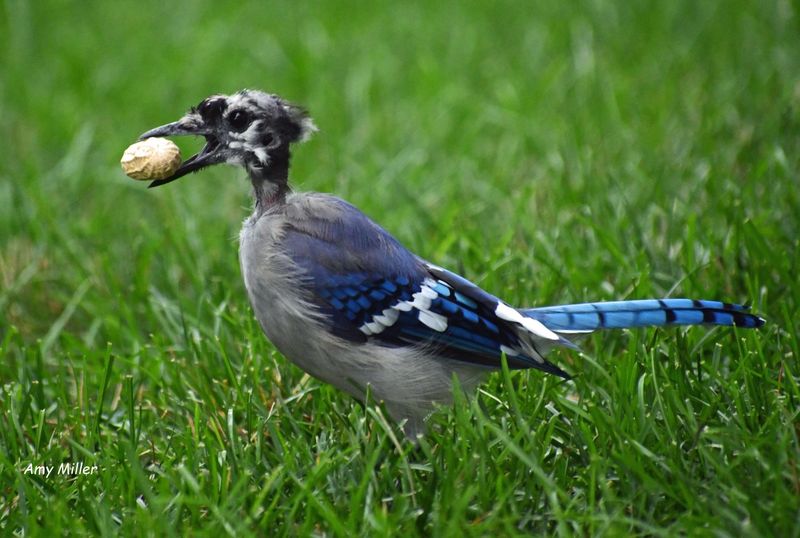
Baby birds don’t hatch with adult plumage. They start with fluffy down feathers that are great for staying warm but useless for flying. As they mature, they undergo dramatic molts to replace downy fluff with adult feathers.
Young eagles take several years and multiple molts to develop their iconic white head. These age-related molts mark important milestones in a bird’s development, like trading training wheels for a real bike.
Breeding Season Makeovers
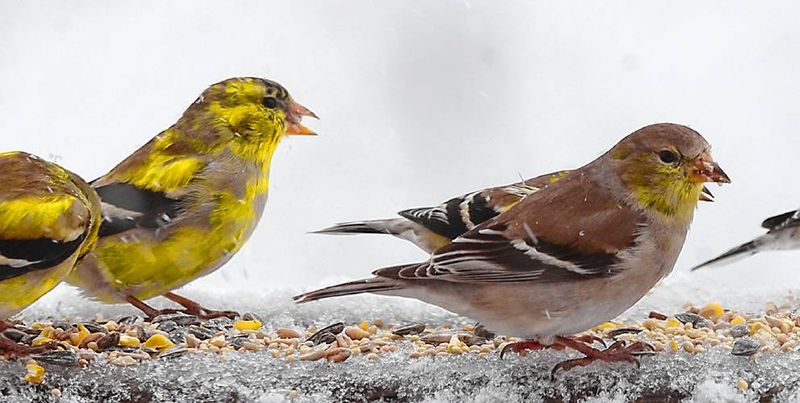
Romance is in the air when birds molt into breeding plumage! Males often transform from drab to fab with vibrant colors and special decorative feathers designed to impress potential mates.
Wood ducks switch from muted winter colors to iridescent breeding finery. These spectacular feather upgrades work like a peacock’s display – advertising good genes and health to picky females looking for the best possible partner.
Camouflage Adaptations
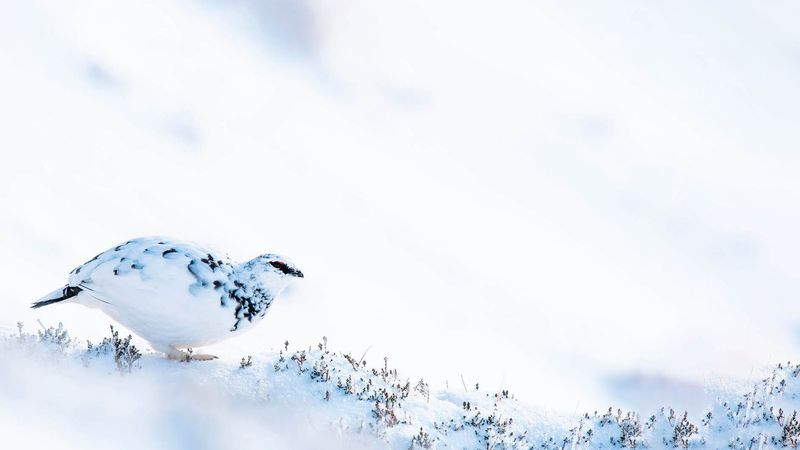
Survival sometimes means blending in, and molting helps birds change colors to match their surroundings. Ptarmigans switch from brown summer feathers to pure white winter plumage, becoming nearly invisible against snow.
This color-changing trick works like nature’s invisibility cloak. Some birds can even time their molts to match environmental changes, ensuring they’re always wearing the right camouflage to hide from hungry predators.
Energy Efficiency Upgrades
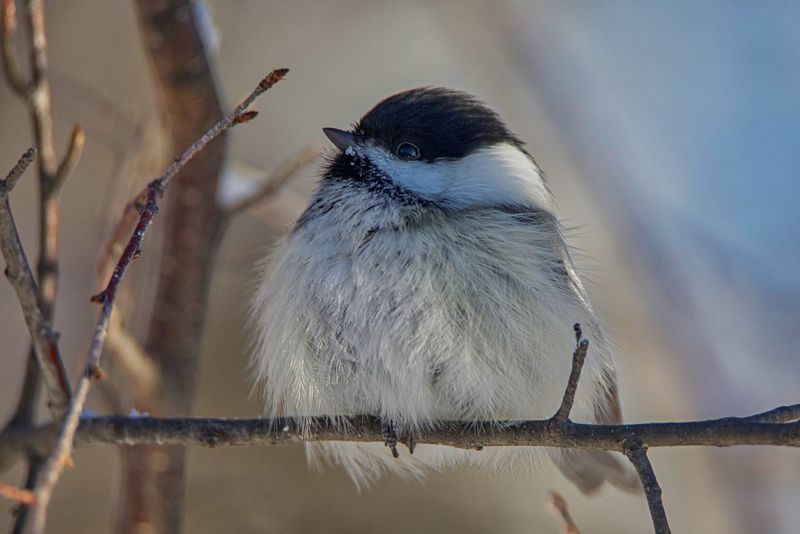
Fresh feathers are more efficient insulators than old, worn ones. By replacing damaged plumage, birds improve their temperature regulation and reduce energy costs.
Chickadees replace their feathers before winter hits, ensuring maximum insulation when they need it most. This feather renewal works like upgrading your home’s insulation – it takes resources to install, but the energy savings afterward make it worthwhile.
Migration Preparation
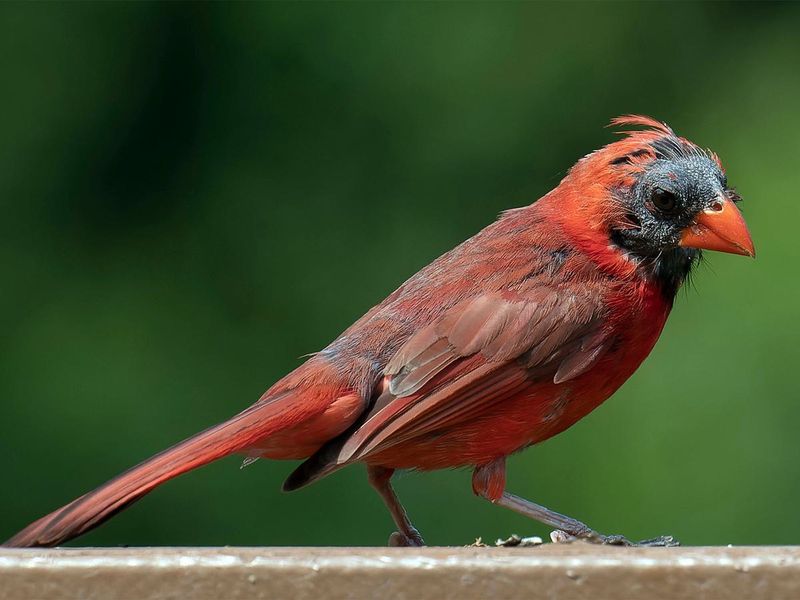
Long-distance travelers need reliable equipment! Many birds molt before migration to ensure their flight feathers are in top condition for journeys spanning thousands of miles.
Arctic terns replace their feathers before flying between the Arctic and Antarctic – the longest migration on Earth. Fresh feathers provide better aerodynamics and durability, similar to how you’d want new tires before a cross-country road trip.
Parasite Elimination
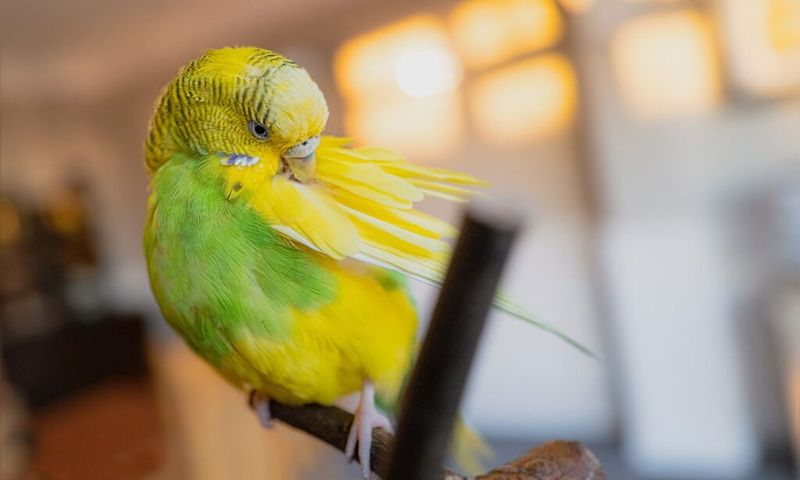
Feathers can harbor unwanted hitchhikers like mites, lice, and other parasites that irritate birds and damage their plumage. Regular molting helps birds literally shed these pests along with old feathers.
Birds often become more enthusiastic about dust bathing and preening during molts. This combination of new feathers and cleaning behaviors works like a total reset of their external environment, giving parasites the boot.
Waterproofing Renewal
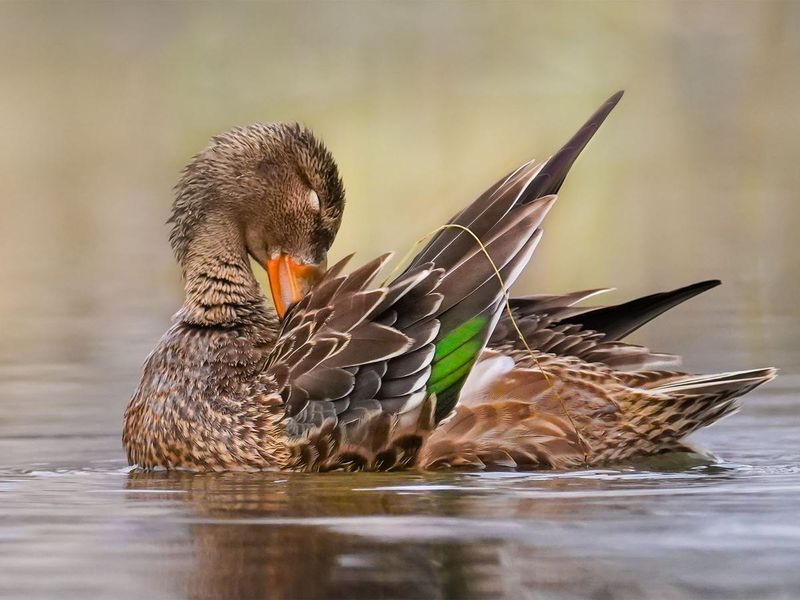
Water birds depend on perfectly waterproof feathers to stay dry and maintain body temperature while swimming. Molting replaces feathers whose waterproofing has worn off over time.
Ducks and geese produce special oils from their preen gland to coat new feathers. Fresh plumage accepts this waterproofing treatment better than worn feathers, much like how new fabric takes waterproofing spray better than old, dirty material.
Specialized Molting Patterns
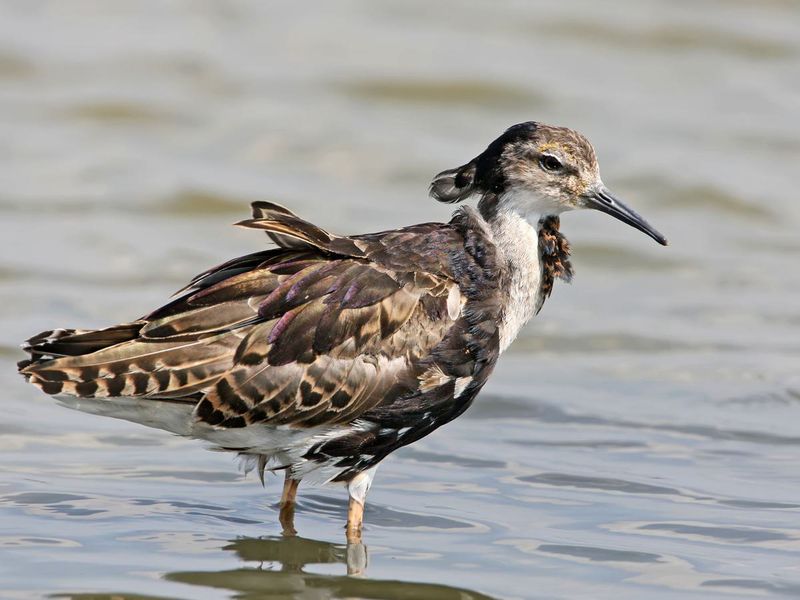
Not all birds molt the same way! Some replace all feathers at once (complete molt), while others change them in stages (sequential molt). These different strategies evolved to match each species’ lifestyle.
Penguins molt all feathers simultaneously and must fast on land during this vulnerable period. Flying birds typically replace flight feathers gradually to maintain airworthiness, like changing airplane parts during ongoing flights rather than grounding the whole fleet.
Hormonal Triggers
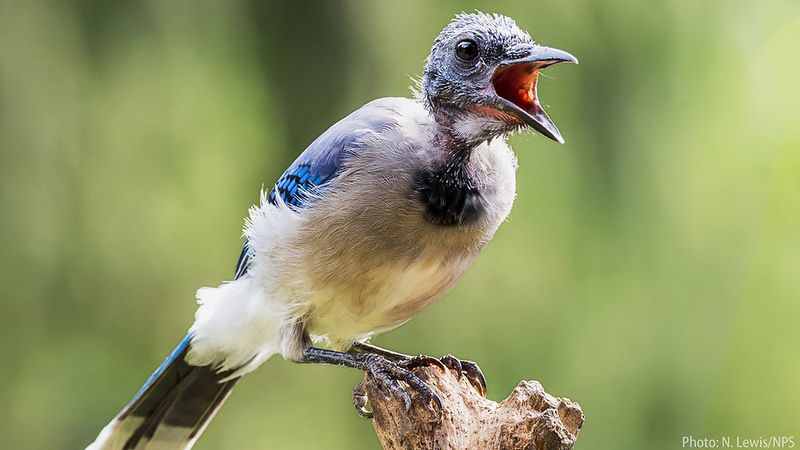
Molting isn’t random – it’s a carefully orchestrated process controlled by hormones responding to daylight length, temperature, and food availability. This internal calendar ensures birds molt at optimal times.
Thyroid hormones often initiate feather replacement when conditions are favorable. This sophisticated biological timing system works like a farmer knowing exactly when to plant crops – too early or too late could spell disaster.
Resource-Intensive Process
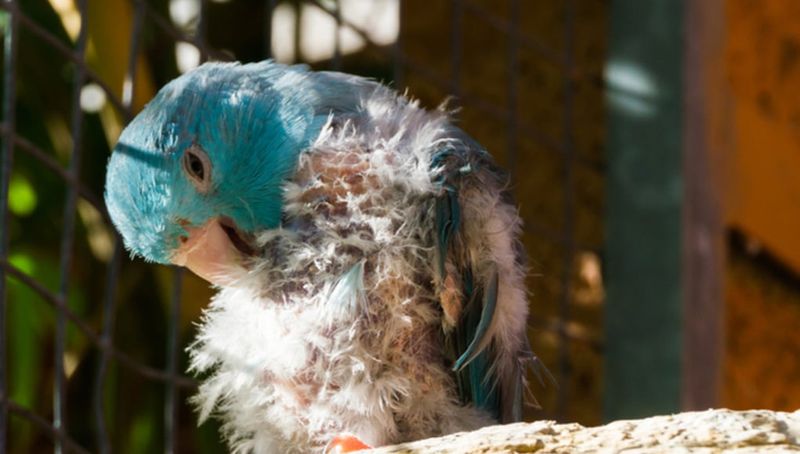
Growing new feathers requires tremendous energy and protein – up to 30% of a bird’s body protein may be invested in new plumage! This explains why molts often occur when food is abundant.
Many birds change their diets during molting, seeking protein-rich foods like insects. Some species even time their molts to coincide with seasonal food bonanzas, similar to planning a kitchen renovation when you’ve got extra money in the bank.

